The best honeysuckle to grow in your garden – especially if they’re gifts from now-departed friends
Charles Quest-Ritson extols the virtues of delightful honeysuckle.
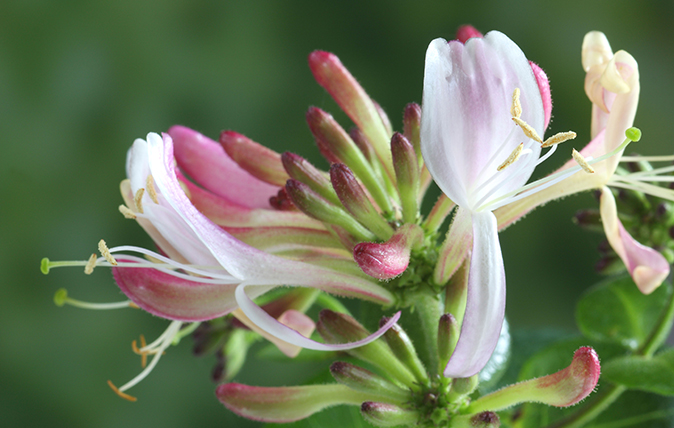

I’ve probably grown more species of honeysuckle than of any other genus except, perhaps, roses and primulas. I love them – but not all of them. An evergreen groundcover plant called Lonicera pileata doesn’t interest me at all. The same is true of L. nitida, also evergreen, but most often used for hedging; it needs no fewer than three cuts a year to keep it tidy. There’s a manky cultivar called Baggeson’s Gold that’s even uglier, but that’s only two duds among some 180 species that all make excellent garden plants.
There’s a big division between the honeysuckles that twine and climb and usually open their long flowers to exhale a delicious scent and the ones that have smaller flowers on fast-growing super-hardy bushes. I got very excited about 20 years ago when the French National Institute for Agricultural Research (INRA), announced that it had managed to cross the two types of honeysuckle. Henceforth, we could look forward to hybrids that carried long, sweet-scented flowers on tough, neat shrubs. Alas, they never appeared.
INRA has, however, produced some very good forms of a native honeysuckle that's one of our lovely British wildflowers, Lonicera periclymenum, of which the most impressive is called Chic&Choc. Its flowers are chocolate-coloured on the outside, a striking contrast with the creamy-yellow insides.
I’ve always valued plants that come from friends’ gardens. Graham Thomas presented me with super-floriferous L. similis var. delavayi (he’s also credited with an autumn-flowering form of our common honeysuckle called Graham Thomas, but he told me he had nothing to do with its introduction and didn’t know where it came from).
My early flowering form called Belgica came from Daphne Hoskins at Kellaways and evergreen L. henryi from John Phillips, Wiltshire’s greatest plantsman.
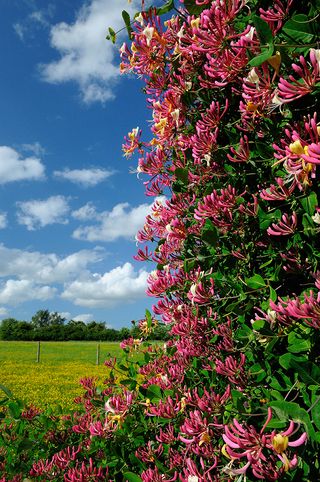
My grandmother gave me L. japonica Aureoreticulata – she loved the way the leaf-veins are tricked out in gold – and the head gardener at the Hanbury Botanical Gardens at La Mortola pressed me to take the species with the largest flowers, L. hildebrandiana, which grows to 33ft in sub-tropical Assam, but is too tender to grow outside in England. It died.
Some of our honeysuckles came from seed collected in the wild. The scent of L. etrusca bade me stop and look for seed one warm summer evening as I motored up the Tiber valley. The seed of L. implexa hailed from my uncle’s garden in Majorca and L. xylostemon from Italy’s Gran Paradiso park (with the consent of a warden, I hasten to add).
Sign up for the Country Life Newsletter
Exquisite houses, the beauty of Nature, and how to get the most from your life, straight to your inbox.
L. xylostemon is a shrub and the shrubby honeysuckles are wonderful no-nonsense plants for gardens on poor soil such as chalk or Bagshot sand. Many are from central Asia and expect very hot summers and very cold winters. They get a bit confused by our mild winters and I find that L. korolkowii is the first of all my garden shrubs to come into leaf.
We have a beautiful form with glaucous leaves that flowers in April and suckers well; it came from Keith Steadman, of Wickwar in Gloucestershire. Keith was very keen on shrubby honeysuckles (and willows, too) and it was from him that we acquired L. chrysantha and L. ruprechtiana. All these will reach 10ft in height.
The best shrubby honeysuckles don’t grow too big. I recommend L. chaetocarpa, a short shrub with hairy grey leaves and large primrose-yellow flowers. I gave one to Richard Nutt, who showed it to the RHS Floral B Committee; we were disappointed it didn’t get an award.
Everyone knows winter-flowering L. x purpusii, but few grow intensely sweet-scented L. syringantha, which we had from Chris Thornton. No less desirable is L. involucrata, a present from Bill Baker; its yellow flowers are set off by crimson bracts.
My latest acquisitions are L. kamtchatka and closely-related L. caerulea var edulis. Both carry edible purple fruits rather like a cylindrical blueberry and both seem happy in a stony corner of our chalk garden. I’m hoping for enough fruit to fill a small bowl.
Here’s a melancholy postscript. All the gardening friends I mention above are dead now. Their gardens and their memories live on in mine, but where are the young, acquisitive plantsmen that I was once? There is so much I would like to give them.
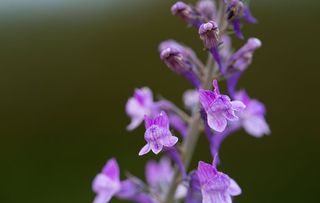
Credit: Alamy
The daftest plant name in English, and how it belongs to a wonderful flower just starting to show its potential
There are a lot of silly names for flowers our there – and Charles Quest-Ritson has a chilling warning for those
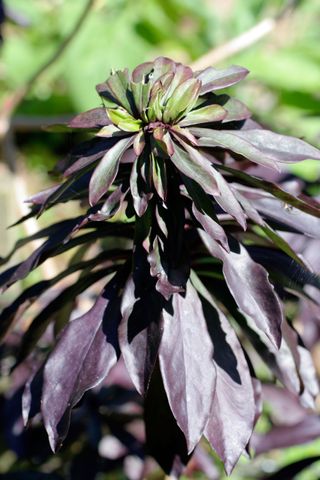
Life, death and daphnes – and the variety that goes in and out of extinction peril
Charles Quest-Ritson muses on daphnes, the lovely winter flowers which seemingly ought to be a lot hardier than they are.

Dahlias, the 'miracles of complexity' that we've learned to love and cherish
Charles Quest-Ritson talks about dahlias, once so unloved, and how they enjoying a surge of popularity.

Credit: Alamy
The day that Woolworths accidentally sold me an endangered species
Charles Quest-Ritson reminisces about the day his bargain purchase of a cyclamen in Woolworths proved to be something rather special.
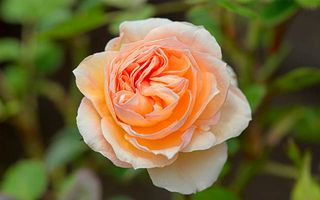
Drop the myths about roses
Charles Quest Ritson says it’s time we got rid of the notion that roses are difficult to grow
Bringing the quintessential English rural idle to life via interiors, food and drink, property and more Country Life’s travel content offers a window into the stunning scenery, imposing stately homes and quaint villages which make the UK’s countryside some of the most visited in the world.
-
 Two halves make a sublime four-bedroom home in Kent's North Downs
Two halves make a sublime four-bedroom home in Kent's North DownsA contemporary extension to a traditional clapboard house brings light and life to Lavington House.
By James Fisher Published
-
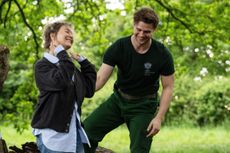 Everything you need to know about Hampstead: The real star of 'Bridget Jones: Mad About the Boy'
Everything you need to know about Hampstead: The real star of 'Bridget Jones: Mad About the Boy'From Protestant Dissenters to Dame Judi Dench, Hampstead has long been synonymous with liberal values and prosperity — which is what makes it different from other parts of London. Now, it's stealing hearts the world over in the latest Bridget Jones film.
By Carla Passino Published